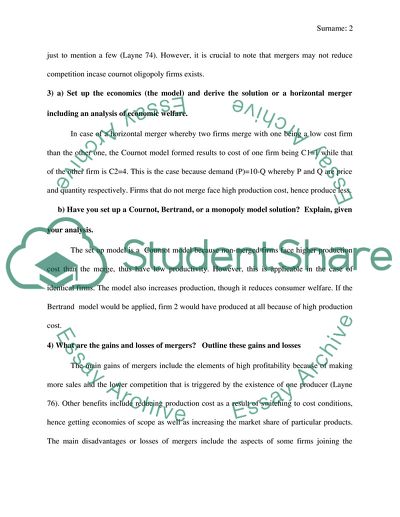Cite this document
(“Economics assignment Example | Topics and Well Written Essays - 500 words - 1”, n.d.)
Retrieved from https://studentshare.org/macro-microeconomics/1667052-economics-assignment
Retrieved from https://studentshare.org/macro-microeconomics/1667052-economics-assignment
(Economics Assignment Example | Topics and Well Written Essays - 500 Words - 1)
https://studentshare.org/macro-microeconomics/1667052-economics-assignment.
https://studentshare.org/macro-microeconomics/1667052-economics-assignment.
“Economics Assignment Example | Topics and Well Written Essays - 500 Words - 1”, n.d. https://studentshare.org/macro-microeconomics/1667052-economics-assignment.


